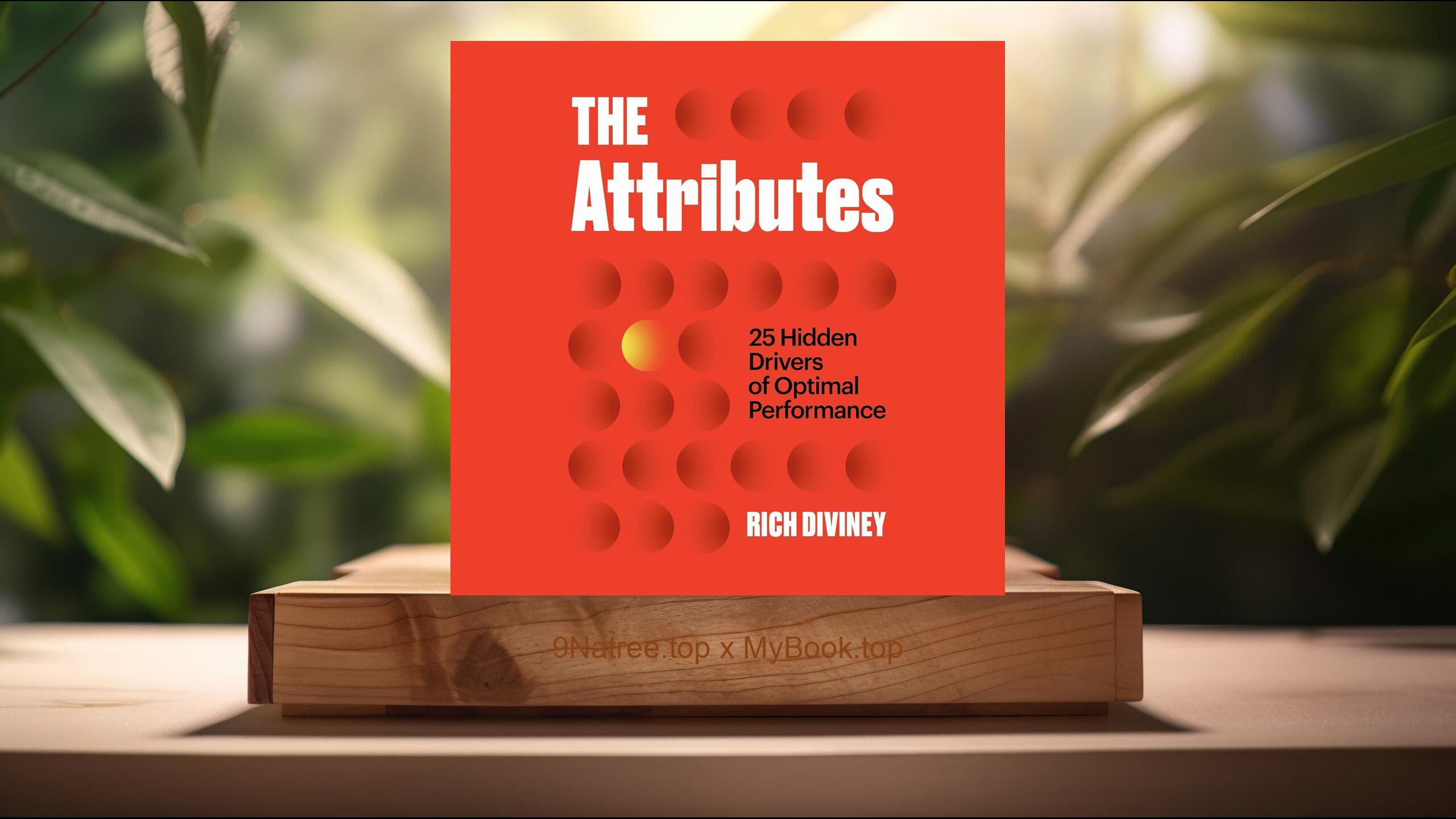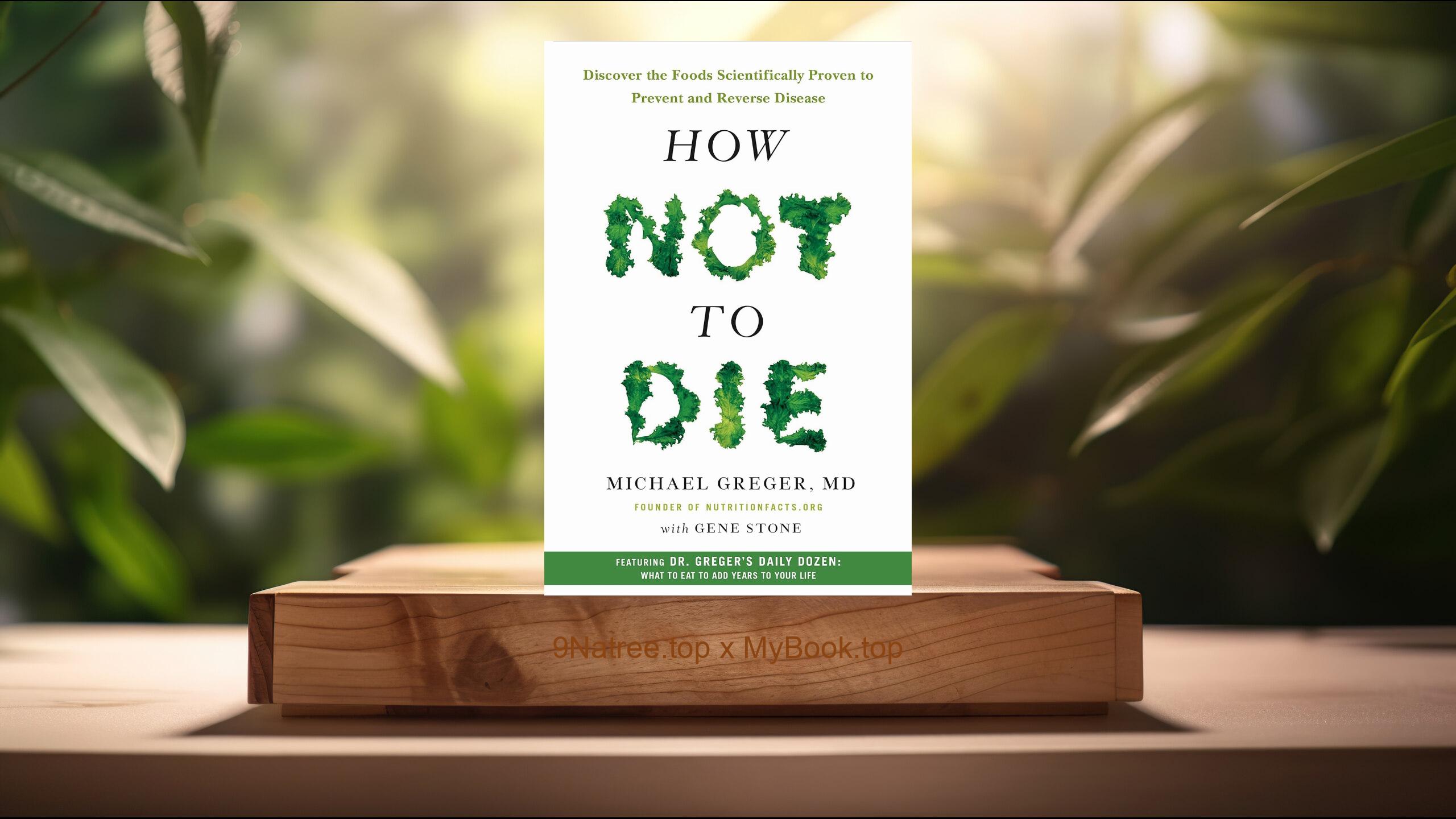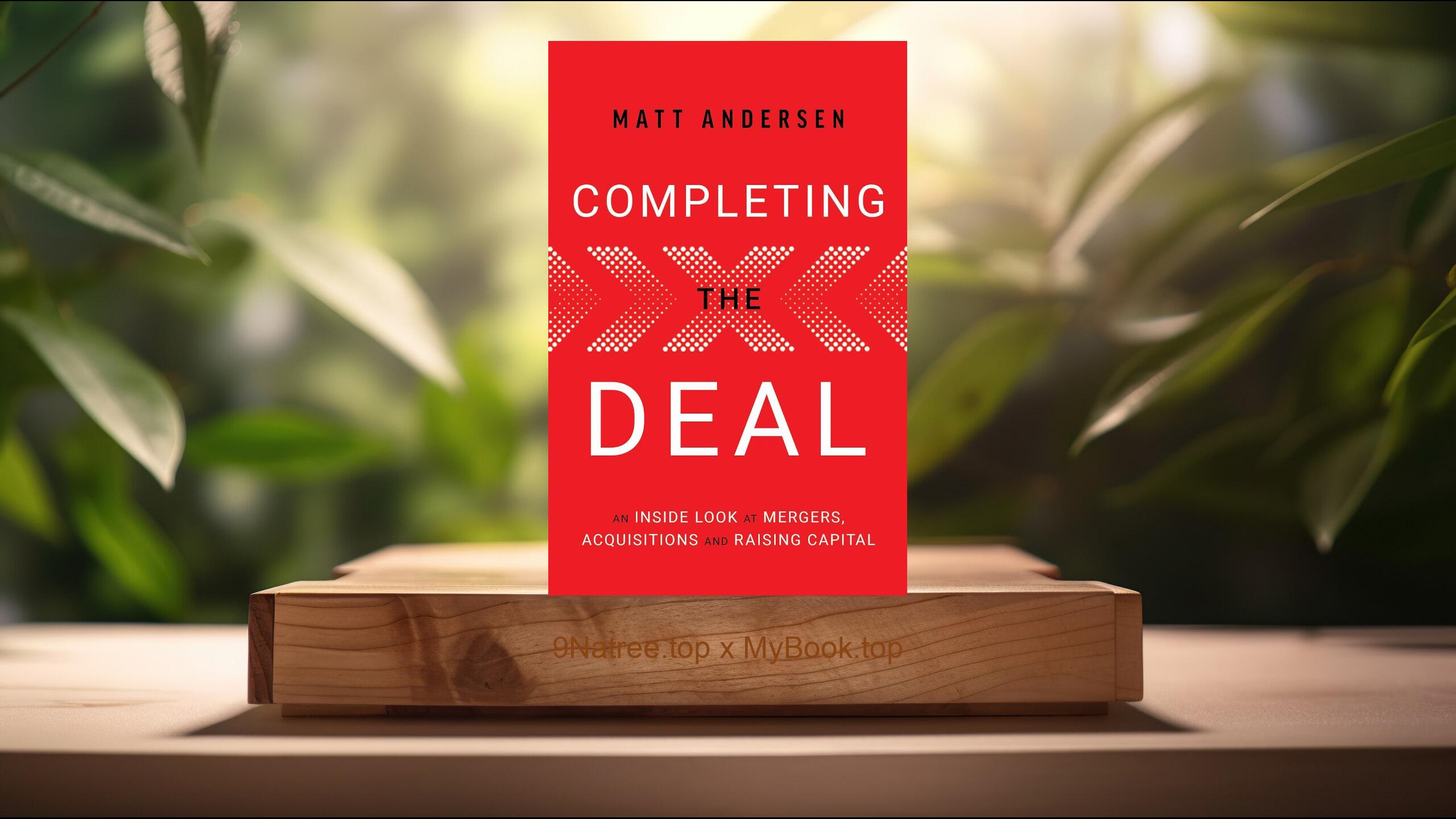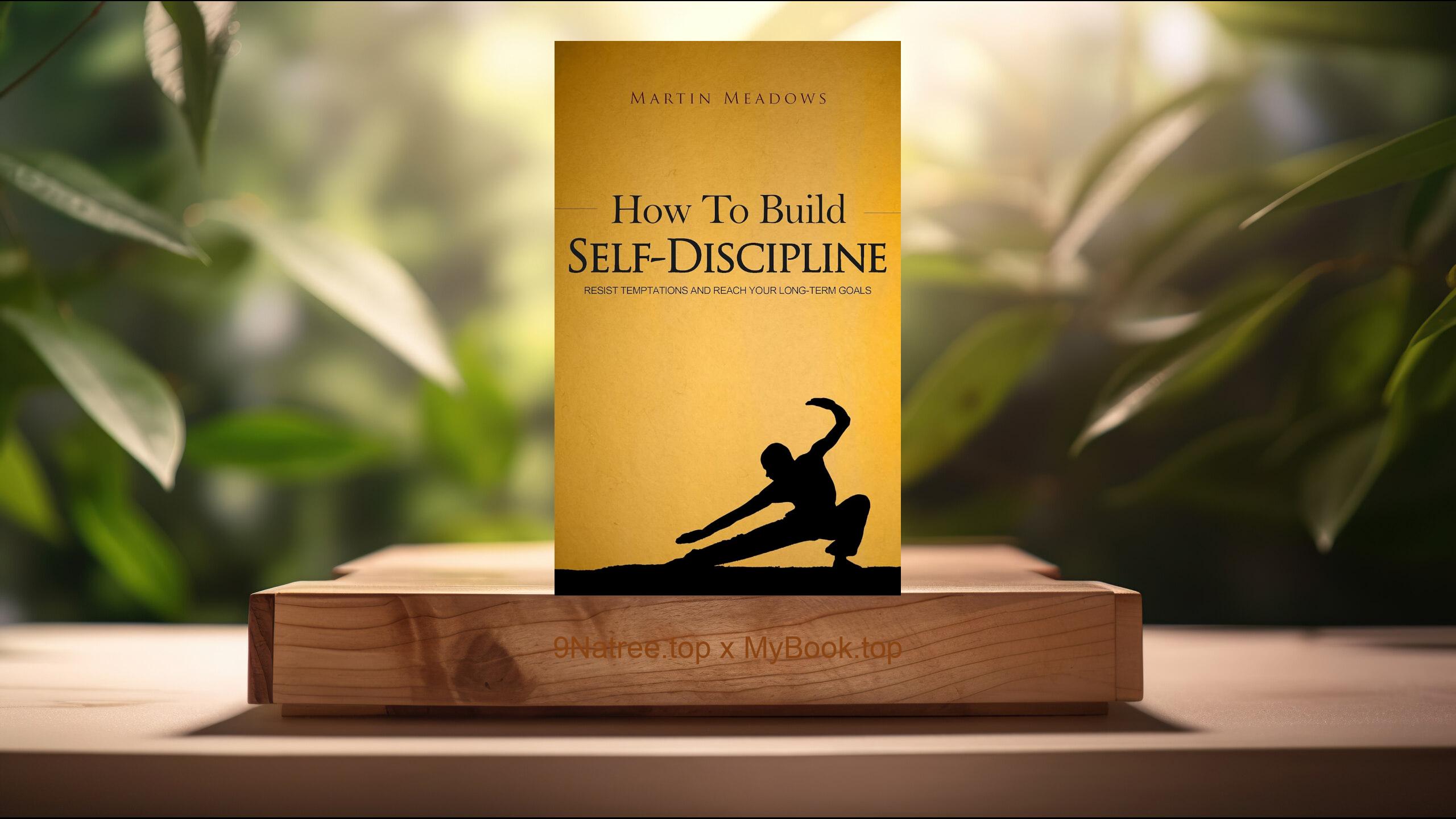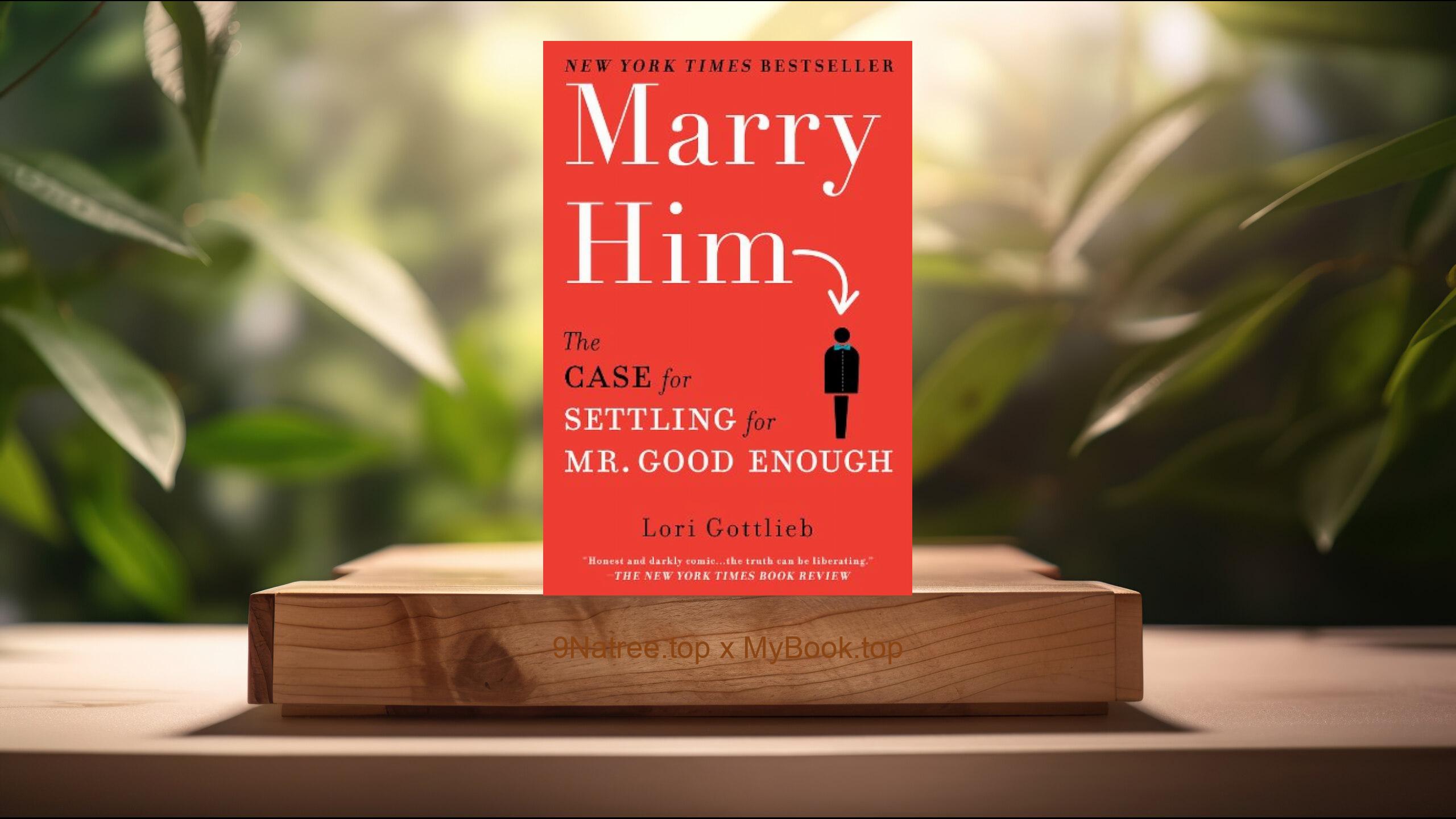Show Notes
- Amazon USA Store: https://www.amazon.com/dp/0593187555?tag=9natree-20
- Amazon Worldwide Store: https://global.buys.trade/The-Beauty-of-What-Remains-Steve-Leder.html
- Apple Books: https://books.apple.com/us/audiobook/the-beauty-of-what-remains-how-our-greatest-fear/id1541097503?itsct=books_box_link&itscg=30200&ls=1&at=1001l3bAw&ct=9natree
- eBay: https://www.ebay.com/sch/i.html?_nkw=The+Beauty+of+What+Remains+Steve+Leder+&mkcid=1&mkrid=711-53200-19255-0&siteid=0&campid=5339060787&customid=9natree&toolid=10001&mkevt=1
- Read more: https://mybook.top/read/0593187555/
#Griefandhealing #Confrontingmortality #Memoryandloss #Personaltransformation #Spiritualgrowth #TheBeautyofWhatRemains
These are takeaways from this book.
Firstly, The Universality of Grief, Rabbi Steve Leder opens 'The Beauty of What Remains' by establishing the universality of grief, a fundamental experience that unites all of humanity despite varying cultural, religious or social backgrounds. Leder uses both personal anecdotes and stories from his time counseling others through their grief to emphasize how pervasive and all-encompassing this emotion can be. Instead of presenting grief as something to be feared or suppressed, he argues that embracing the pain of loss can lead to deep personal transformation and a renewed appreciation for life. Leder’s reflections on the communal aspects of grief also suggest that sharing our losses with others provides critical support and fosters a collective healing process. This dismantling of grief's isolating effects encourages readers to seek solace and understanding through connections rather than enduring alone.
Secondly, The Role of Memory in Healing, An important theme in Leder's work is the role of memory in the healing process. Memories, according to Rabbi Leder, serve not just as reminders of loss but as vital constructs that help sustain our connections with those who have passed. He beautifully navigates through complex emotions that come with remembering the deceased, highlighting both the joy and the pain. Memories are depicted as bridges connecting the past, present, and future—allowing those who have died to continue influencing the lives of the living. Leder encourages embracing memories, even when painful, as they can offer valuable lessons about resilience and the enduring power of love. This emphasis on memory serves as a healing mechanism, asserting that while loved ones are physically gone, their impact remains ingrained in the lives of the survivors.
Thirdly, Confronting Mortality, A pivotal discussion in the book is about confronting our own mortality. Leder uses theological insights and personal narratives to explore how acknowledging and accepting death can dramatically change how we live our lives. By addressing our mortality directly, Leder argues that individuals can live more meaningfully, prioritizing relationships and experiences over material gains or superficial concerns. This confrontation with the end of life is framed not as a morbid obsession but as a clarifying force that strips away the inconsequential and highlights what truly matters. Through this lens, death is not just an end but a motivational force that imparts wisdom about how to live with purpose and gratitude.
Fourthly, Grief's Impact on Relationships, Leder delves into how grief reshapes relationships, noting both the strain and strengthening that can occur among family members and friends following a loss. He examines the dynamics of grieving among couples, within families, and across friendships, drawing from case studies and his pastoral experiences. The challenges of navigating different grieving styles can lead to misunderstandings and conflicts, yet they also present opportunities for deeper bonds and understanding. Leder offers guidance on how to support each other in grief, suggesting compassionate communication and shared rituals as tools that can help maintain and enhance relationships during such difficult times.
Lastly, Finding Meaning in Loss, Lastly, Leder teaches how individuals can find meaning and growth in loss. Reflecting on his own personal losses and those he has witnessed, he proposes that pain and suffering can be transformative. By reframing how we perceive loss, not as a void but as a space filled with potential for insight, we can uncover new perspectives on life and our role in it. Leder cites real-life examples where bereaved individuals discover new strengths, purposes, and connections that were forged through the crucible of their grief, promoting a narrative of hope and positive change that follows the tragedy.
![[Review] The Beauty of What Remains (Steve Leder) Summarized](https://episodes.castos.com/660078c6833215-59505987/images/1969975/c1a-085k3-dm4v4j7pcmj2-hspgip.jpg)
